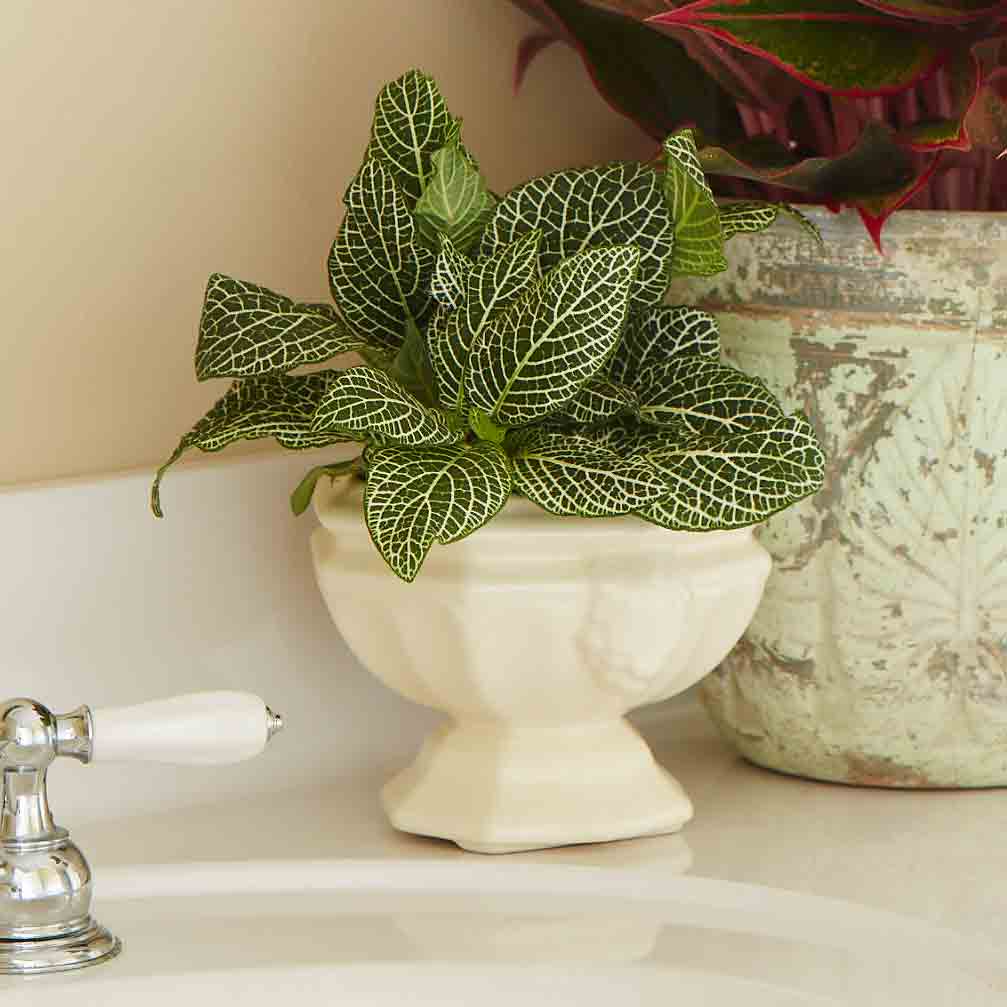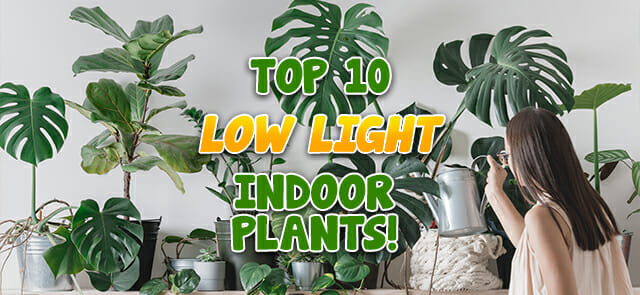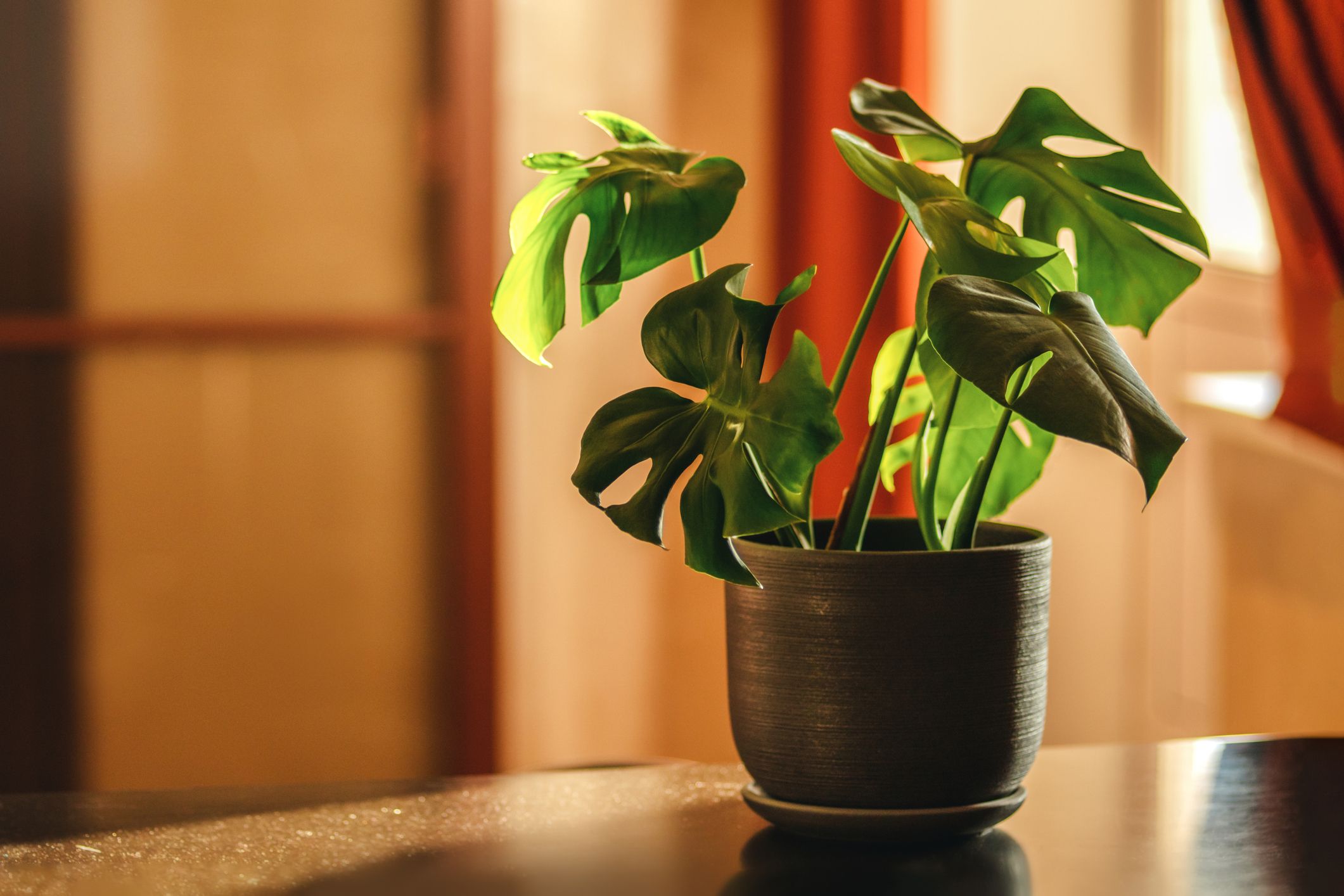How to Choose the Best Low-Light Indoor Plants for Your Interior Design Needs
How to Choose the Best Low-Light Indoor Plants for Your Interior Design Needs
Blog Article
Transform Your Home With Beautiful Low-Light Indoor Plants and Their Advantages
Including low-light indoor plants right into your home can dramatically boost both the environmental and aesthetic quality of your home. These plants, which thrive in dim problems, offer not just as ornamental components but also as all-natural air cleansers, making them ideal for metropolitan dwellers or those with limited sunshine direct exposure. As we explore the numerous sorts of low-light plants and their advantages, you might discover surprising methods to incorporate them into your home that can transform your surroundings in means you could not have actually expected.
Benefits of Low-Light Plants
Low-light plants supply various benefits for indoor atmospheres, making them a superb choice for both novice and seasoned gardeners. Among the main advantages is their adaptability to low-light conditions, allowing individuals to improve their space without the need for substantial sunlight direct exposure. This characteristic makes them suitable for apartment or condos, offices, and other areas with restricted all-natural light.

Furthermore, integrating low-light plants right into home décor can raise the aesthetic allure of an area. Their lush vegetation and differed appearances create a calming atmosphere, adding to total health. The presence of greenery has actually been connected to lowered stress levels and improved productivity, making low-light plants a useful option for boosting both mental and physical wellness in interior settings.
Leading Low-Light Indoor Plants
While numerous indoor plants thrive in intense light, a number of species are especially fit for low-light problems, making them ideal for various indoor rooms. One popular selection is the Snake Plant (Sansevieria), recognized for its striking upright fallen leaves and durability, calling for minimal treatment. Another superb alternative is the Pothos (Epipremnum aureum), which includes heart-shaped fallen leaves and can track perfectly from wall mounts or shelves, flourishing in low light and adding a rich touch.
The ZZ Plant (Zamioculcas zamiifolia) is commemorated for its glossy fallen leaves and capacity to withstand neglect, making it best for hectic lifestyles. Likewise, the Peace Lily (Spathiphyllum) not only tolerates reduced light yet also generates sensational white blossoms, enhancing any type of room's aesthetic.
For a distinct touch, think about the Cast Iron Plant (Aspidistra elatior), which without a doubt measures up to its name, flourishing in the darkest edges of your home. Lastly, the Chinese Evergreen (Aglaonema) provides a variety of fallen leave patterns and shades while being extremely forgiving in low-light problems. These plants not only enhance indoor environments however likewise add to air filtration, enhancing your home.
Treatment Tips for Low-Light Plants

Watering practices are vital; these plants usually favor a little dry conditions. Overwatering can result in root rot, so make certain that the top inch of dirt is dry prior to sprinkling once again. Usage pots with drainage openings to allow excess dampness to escape.
Humidity is an additional essential variable. Many low-light plants, such as brushes and tranquility lilies, take advantage of higher humidity degrees. To boost humidity, consider misting the leaves or placing a tray of water near the plants.
Fertilization needs to be come close to with care. During the growing season, use a diluted, well balanced liquid fertilizer every month to support development, however stay clear of fertilizing throughout the inactive winter months.

Innovative Ways to Show Plants
Indoor plants can work as exciting focal factors in any kind of area, improving both aesthetic charm and ambiance. Imaginative screens can raise the visual effect of low-light plants, making them an essential component of your home have a peek at these guys decor. One reliable technique is to utilize tiered plant stands, which permit you to showcase numerous plants at varying elevations while making best use of floor area.
Hanging planters are an additional ingenious option, creating a feeling of deepness and drawing the eye upwards. Think about macramé wall mounts or wall-mounted racks to introduce an one-of-a-kind appearance and design.
For an extra organized approach, use geometric terrariums or glass containers to house your plants, including a modern touch to your indoor garden. You can also repurpose classic products, such as teacups or wood crates, for an eclectic screen that mirrors your individuality.
Enhancing Home Ambiance With Plants
Integrating low-light plants into your home not just improves aesthetic charm however likewise contributes substantially to the total ambiance. These plants serve as all-natural style components, introducing a feeling of peace that can transform any kind of area. The presence of greenery fosters a soothing ambience, which is especially valuable in high-stress settings such as office or living areas.
Low-light plants, such as snake plants, pothos, and ZZ plants, are not only aesthetically pleasing however additionally enhance indoor air high quality by filtering pollutants. This dual feature boosts the ambiance further, developing a much healthier space (Best low-light indoor plants). The critical placement of these plants can additionally influence the from this source understanding of room; for circumstances, tall plants can attract the eye upward, making ceilings show up higher and areas extra sizable
Moreover, differing textures and colors of foliage add deepness to interior layout, enabling imaginative expression in home designing. Whether positioned on shelves, in corners, or as centerpieces, low-light plants can raise the state of mind of any area. In recap, integrating these plants right into your home is an effective means to promote a cozy, welcoming atmosphere while profiting of improved air quality and aesthetic adaptability.
Verdict
Incorporating low-light indoor plants right into home atmospheres offers various benefits, including enhanced visual appeal and enhanced air top quality. These durable plants, such as the Serpent Plant and Peace Lily, require very little light and upkeep, making them suitable for varied way of livings.
While several indoor plants flourish in intense light, a number of varieties are particularly fit for low-light conditions, making them excellent for numerous interior areas. One efficient method is to utilize tiered plant stands, which enable you to showcase several plants at differing heights while maximizing flooring area.
Low-light plants, such as snake plants, pothos, and ZZ plants, are not just visually pleasing however likewise boost interior air quality by filtering pollutants. Best low-light indoor plants. The strategic placement of these plants can likewise affect the understanding of area; for instance, tall plants can draw the eye upwards, making ceilings show up higher and spaces much more sizable
These resistant plants, such as the Serpent Plant and Peace Lily, need minimal light and maintenance, making them ideal for diverse lifestyles.
Report this page